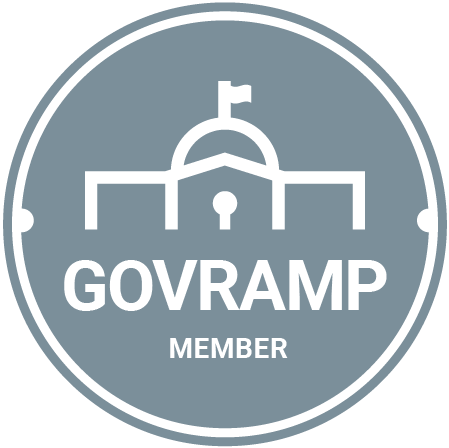State, local, and federal government leaders constantly must make choices and take action on the use of public funds. The key to increasing their ability to make efficient and effective choices lies in visibility. Whether a program manager oversees drawdowns on a grant program, a procurement official reviews contracts on a daily basis, or a department leader looks to increase their organization’s impact, the most successful teams are able to gain visibility in these specific ways:
1. Get transparency into existing processes and systems.
When a state faces a budget deficit, cabinet secretaries are tasked to make tough decisions about what programs to continue to operate as is, and what services could be reconfigured. The best way to determine what residents need most is to be able to see real-time processes and spending, before deciding what tough decisions – like service reductions – to propose.
Oftentimes, the lack of visibility into existing processes is the consequence of having numerous disparate systems of record that aren’t integrated into a single source. This sprawl of records introduces inconsistencies in data, potentially creates compliance issues, and stands in the way of staff being able to effectively complete their work.
2. Access analytics and reporting data.
Effective teams not only have access to their own program data, but are able to gain value from that data. For example, if a team is able to see when and where procurements and processes are in progress, they can proactively communicate these timelines to related teams, thereby increasing departmental collaboration and efficiency.
If the data shows that a particular budget action is stalled and managers see repeated bottlenecks, they can implement changes to the workflow or raise these issues with the appropriate departments, improving the effectiveness of their work.
Financial decision makers rely on reports and other analytical capabilities to make informed decisions around investments of public funds, prioritization of requests, and important operational actions, including hiring or acquisition of new resources to support their greatest needs.
3. Stay on top of required reporting.
Whether funds are coming from the state legislature, a federal grant, or another source, programs must stay compliant with established reporting requirements. For example, many states have small business-, women owned-, minority owned-, and veteran owned- business goals. In California, Consolidated Annual Reports are due each year by October 1 to track agency participation efforts on these goals. Failure to meet these requirements may result in negative consequences for non-compliant agencies.
4. Map and manage the lifecycle of a contract.
The relationship between a department and a vendor or service provider doesn’t end after a check has been cut. Successful programs look at contracts holistically and are able to proactively monitor for strong compliance. Furthermore, programs are able to:
- Evaluate progress of spending/contracts
- Create an environment that enables suppliers to easily document their progress and for program staff to monitor draw downs
- Efficiently update language across all documents – as dictated by regulatory and legislative changes – to ensure full compliance
- View change logs to gain up-to-the-minute visibility into actions taken
- Enable staff to efficiently search and access historical documents at a moment’s notice
- Enable agencies to create benches of vendors sorted by specific attributes such as Disadvantaged Business Enterprise participation, geographic coverage, or specialized services or capabilities
- Track contract renewals and expirations
Successful government budget administration is achieved through collaboration with different departments, staff roles, and shared responsibilities. Regardless of an organization’s size or mission, these four keys help increase efficiency and effectiveness, and result in better decision making. To learn more about best practices in budget management, read our eBook, Unlocking Visibility, Building Trust.



